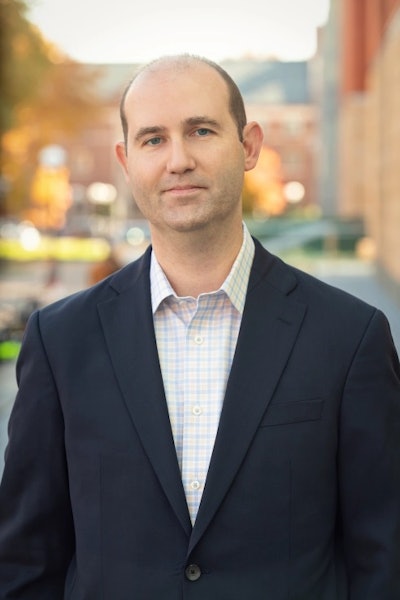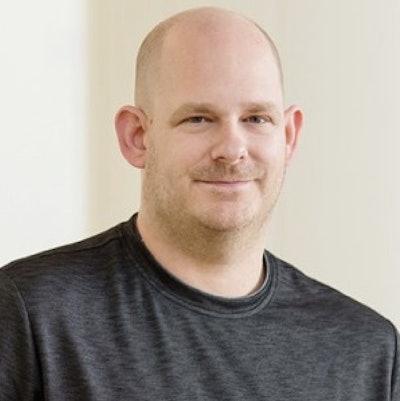Over the past two decades, promise programs, in which recent high school graduates are offered free tuition to attend local colleges and universities, have become popular tools to bridge equity gaps in higher ed, with over 300 programs active in over 40 states. By reducing the financial burden of university attendance, promise programs have been associated with enrollment increases for African Americans and Hispanics.
But a new study shows that there are limits to what promise programs, as currently designed, can do: racial gaps in stop-out rates remained persistent.
The research, published in the Journal of Diversity in Higher Education, focused on participants in the first such program, the Kalamazoo Promise. Founded in 2005, KPromise gives graduates of the Kalamazoo Public School District scholarships that pay for up to 100% of tuition and fees at any public college or university in Michigan and to 15 private schools. The study found that KPromise has many benefits. Students of all backgrounds were more likely to enroll, perform well, and persist in college. However, the effects were not enough to wipe out differences in how often students withdrew from school temporarily, with Black students more likely to stop out than others.
“Reducing the financial barriers to access doesn’t necessarily reduce the financial barriers to success,” said Dr. W. Carson Byrd, an associate research scientist in the Center for the Study of Higher and Postsecondary Education at the University of Michigan’s Marsal Family School of Education, and an author of the study.
Byrd and his co-authors, Drs. Davíd G. Martínez, Daniel Collier, and Isabel McMullen, traced the difference in stop-outs to the cumulative socioeconomic advantages that white students are more likely to enjoy. These advantages, which can include the effects of academic tracking, teacher bias, and parental involvement, are likely to generate better pre-college school performance, which makes stop-outs less likely.
 Dr. W. Carson Byrd, associate research scientist in the Center for the Study of Higher and Postsecondary Education at the University of Michigan’s Marsal Family School of Education
Dr. W. Carson Byrd, associate research scientist in the Center for the Study of Higher and Postsecondary Education at the University of Michigan’s Marsal Family School of Education
According to Dr. Natasha Warikoo, the Lenore Stern professor in the humanities and social sciences at Tufts University, the findings are important, but not surprising.
“It shows the way that race plays a role in educational opportunity apart from class,” she said. "Both of these things matter, and we need to take an intersectional approach.”
The results reveal the limits of purportedly race-neutral policies, said Dr. Wil del Pilar, senior vice president of the Education Trust, a nonprofit that focuses on educational equity.
“Race-neutral policies are inherently not neutral,” he said. “You’re never going to close the gap if you’re giving the same thing to everyone.”
The study argues that promise programs could address inequities more effectively by targeting BIPOC communities specifically and serve as a form of reparations. However, its authors acknowledged that such a move might be difficult, especially given the recent Supreme Court ruling striking down race-conscious admissions.
“We’re already seeing certain states and institutions question the legality and fairness of race-based scholarships in the last week,” said Collier, an assistant professor of higher and adult education at the University of Memphis, referring to the University of Missouri system's decision to drop grants specifically for minoritized students. “It’s possible that state-[funded] promises might get sued for this.”
 Dr. Daniel Collier, assistant professor of higher and adult education at the University of Memphis
Dr. Daniel Collier, assistant professor of higher and adult education at the University of Memphis
He also noted that the study pointed to a potential area of focus for policymakers: helping students start college within six months of graduating high school. The research found that so-called immediate enrollment had a significant effect on stop-out for Black and Latinx students.
“We don’t know why exactly, but we do believe it’s because they’re knowing how to do high school and knowing how to build on those processes to move forward versus taking a year off and relearning,” said Collier.
Del Pilar advocated for early interventions, including dual enrollment opportunities, summer bridge programs, and intrusive coaching. He noted that these kinds of supports are all quite expensive, however, and described them as unlikely to happen anytime soon.
Warikoo, on the other hand, thought that the Supreme Court’s recent decisions on race-conscious admissions and student loan relief might actually help the cause of reform.
“The silver lining of these two big decisions is that there’s a lot of attention to inequality in higher education,” she said. “I think this is a moment in which its possible to shore up political will for better support for higher education.”
The authors of the study emphasized that although KPromise is not solving every problem, it’s still a worthy program.
“You’ve got to start somewhere,” said Byrd. “It’s not going to be perfect. These types of programs are doing a great job, and we can build on that.”
Jon Edelman can be reached at [email protected]





















